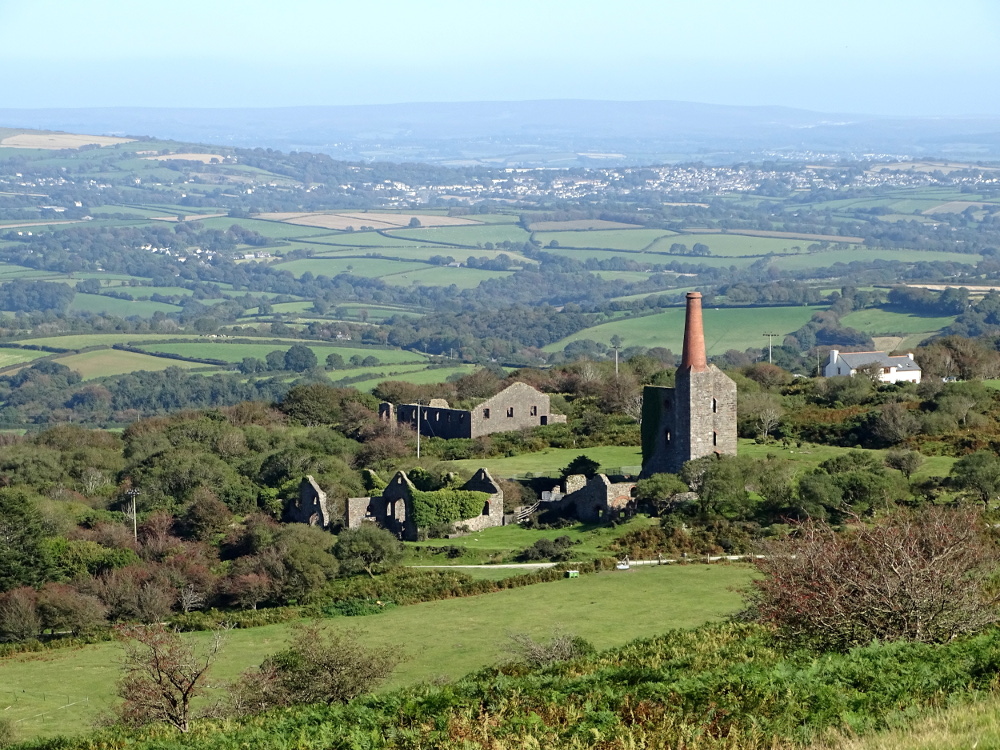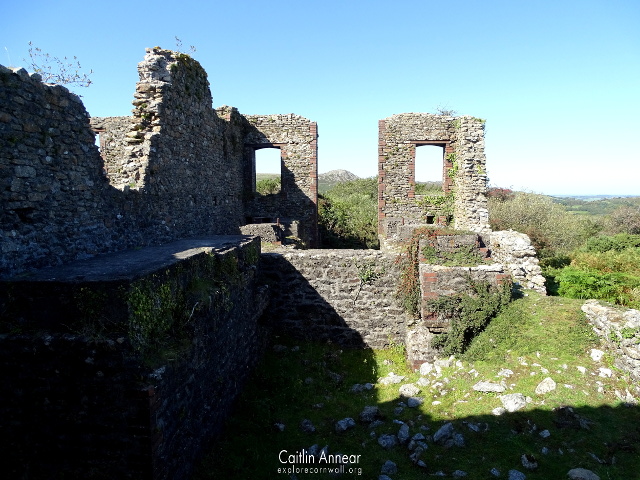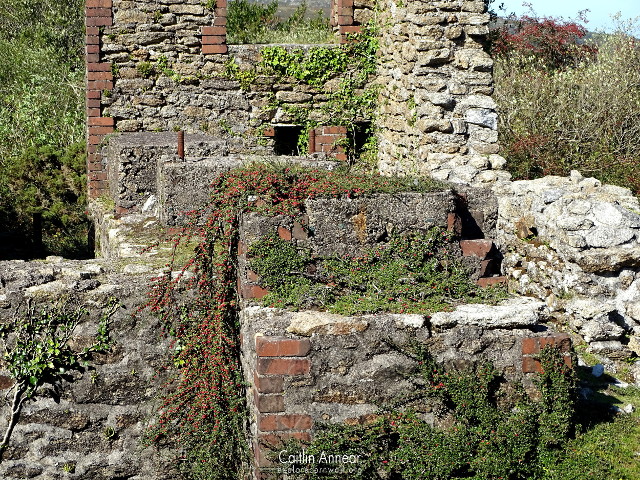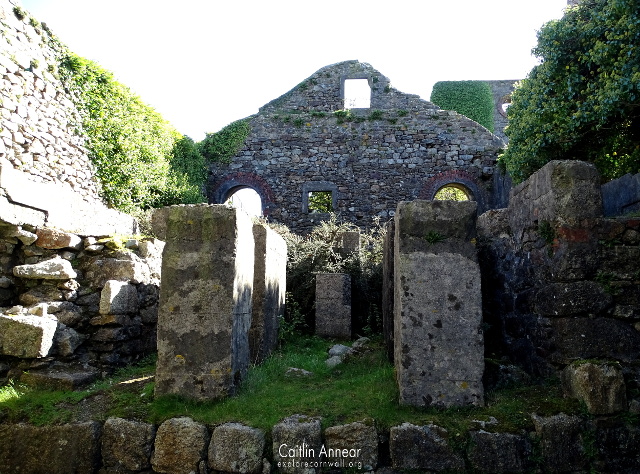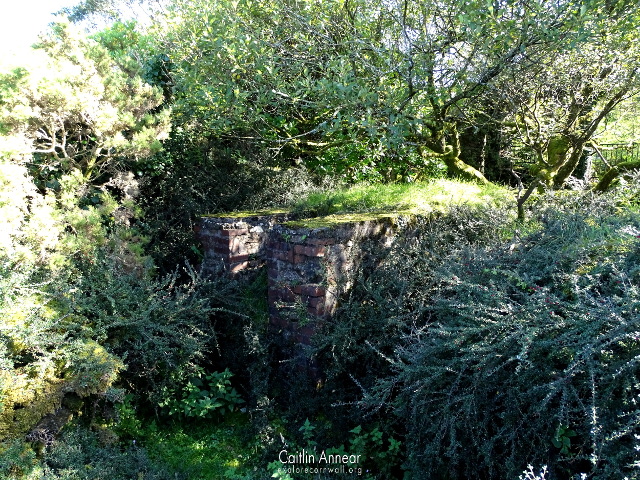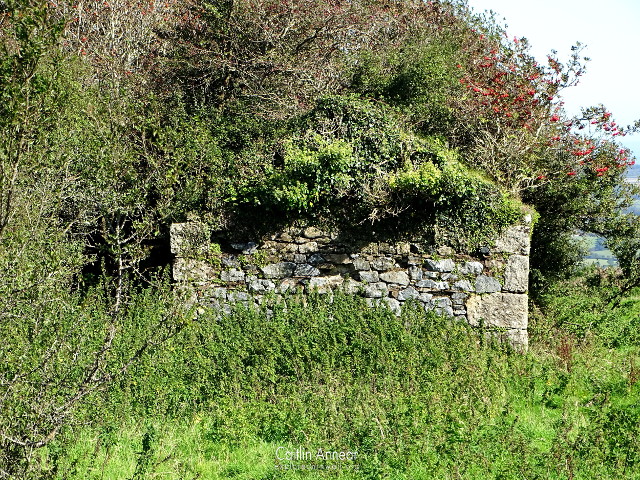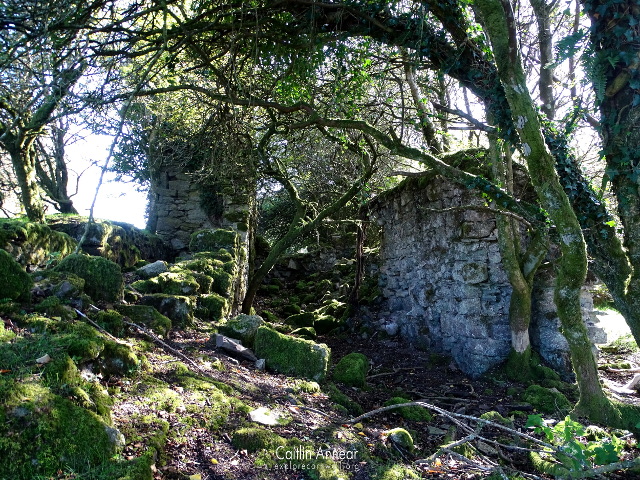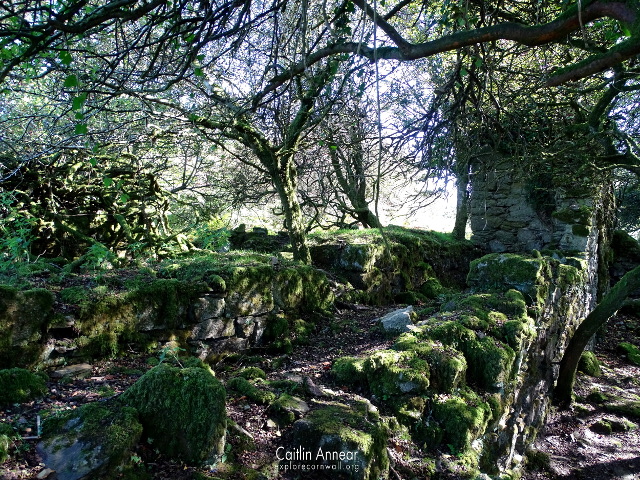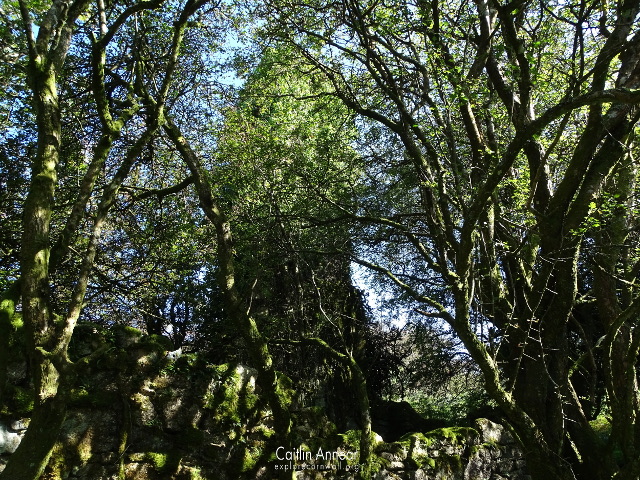Up on the moors is the famous Phoenix United mine with its striking square chimney. A forerunner in its day, little remains of this sett except the nineteenth century workings.
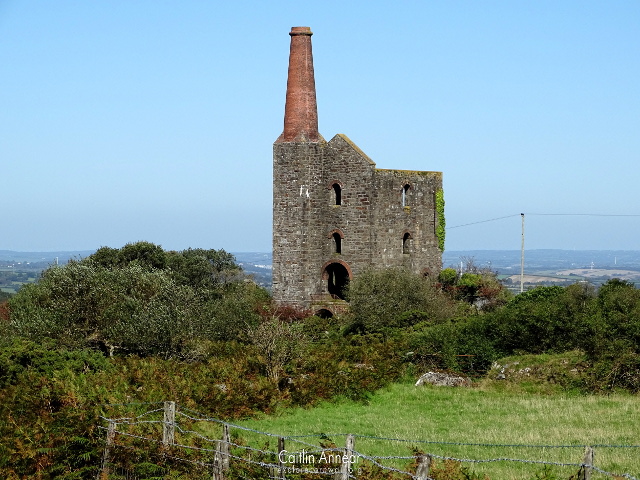
The mine was first formed in 1836 when the smaller Wheal Phoenix, South Phoenix, North Phoenix, West Sharp Tor, Clanacombe and Stowes mines were amalgamated as Cornwall Great United. This initial attempt didn’t last very long after they blew through their £50,000 capital.
A new lease was granted in 1842-3 under the name Phoenix United and a further £12,425 was spent on renovations. Unlike the previous inception, this time the mine proved to be profitable. As the mine continued to deepen, water became an issue, however the cost of installing new equipment was outweighed by the time left on the lease. Negotiations began to extend the lease, but they were unable to come to terms and the remainder of the contract was taken over by South Phoenix.
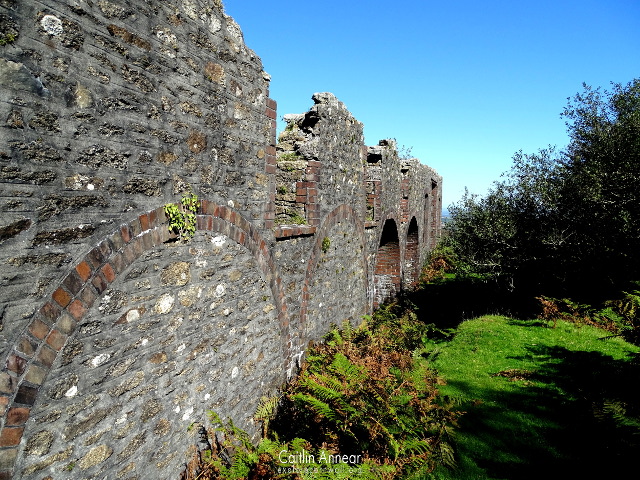
By 1864 only one long lode was being worked, however the copper was nearly exhausted. William West took over control and began the installation of tin mining equipment in the western section. During this period, the mine was reached by the Liskeard and Caradon railway.
In 1870 Stowe’s mine was absorbed into the sett once more and everything was renamed Phoenix and West Phoenix United, with a tramway linking to two sections. It was during this period that it became a major tin producer in Cornwall, bringing up between 22,000 to 34,000 tons or ore annually.
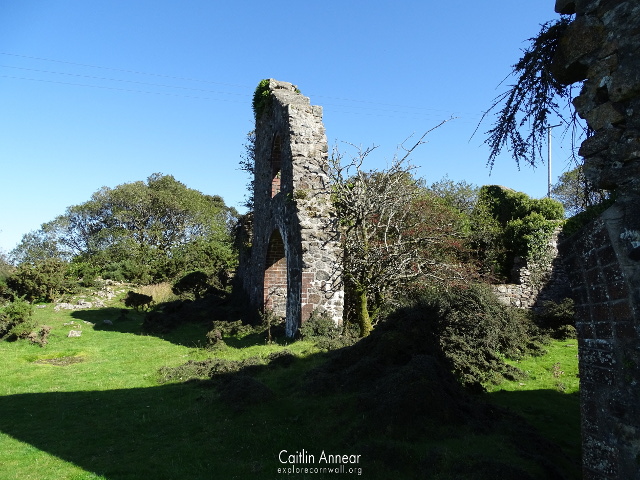
In 1886 it took over Wes Phoenix completely, working under the name Phoenix United once again. Another attempt was made on the eastern section, however lots of water needed to be moved before any work could begin. The next five years saw lots of financial problems as the price of tin began to fall. By 1898 the mine was abandoned and all of the machinery was put up for sale.
The turn of the twentieth century saw the mine bought by Australian company Cosmopolitan Proprietary Co. They quickly began the sinking a new shaft which was named after the Prince of Wales who officially opened it. However, despite the total revamp, it proved much less productive that anticipated and in 1914 was abandoned.

1843 – 36″ engine on Sump shaft
1862 – 60″ engine on Seccombe shaft
1869 – 36″ engine on Hamilton’s shaft
1892 – 19″ engine on Sump shaft
1907 – 80″ engine on Prince of Wales shaft
40″ engine
?15″ engine on West’s shaft
>1851 – 18″ engine
>1880 – 28″ engine on Seccombe’s shaft
>1880 – 15″ on Stowe’s shaft.
20″ engine
28″ engine on Sump shaft
1860 – engine with 36 heads of stamps
>1883 – 26″ engine
1883 – 32″ stamps with 100 heads of stamps
1886 – 24″ engine
18″ engine with 100 heads of stamps.
26″ horizontal stamps with 96 heads
>1880 – 20″ pulveriser
>1880 – 15″ crusher
20′ waterwheel
40′ waterwheels
Records differ greatly, so here’s two variations.
Dines
1824-78
80,520 tons of 6¾% copper
1853-75
4,152 tons of black tin
1907-14
95 ton of black tin
Nance, Brown and Clarke
1848-89
80,092 tons of 7% copper
1853-96
16,360 tons black tin
1907-14
104 tons of black tin
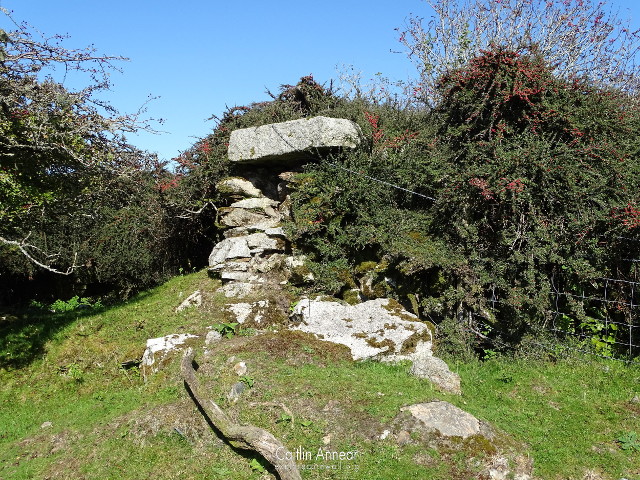
Prince of Wales (222 fathoms/366m), Seccombe’s (225 fathoms/412m), Hamilton’s (60 fathoms/110m), Polkinghorne’s (60 fathoms/110m), Anna’s/New Engine (50 fathoms/91m), Stowe’s, West’s, Old Sump, Elizabeth’s, Juliana’s, Tom or Adit and Redburrow.
Main, New South, William’s, Snuff-box, North and Wolfram.

The whole site is on common land that is free to visit.
There is plenty of parking in village of Minions.
Dines, H. G. (1956) The metalliferous mining regions of south-west England. British Geological Survey.
Nance, D., Brown, K. and Clarke, T. (2019) A Complete Guide to the Engine Houses of Mid-Cornwall. Lydney: Lightmoor Press.
Sharpe, A. (1989) The Minions Survey Part 2. Truro. Available at: http://map.cornwall.gov.uk/reports_event_record/1989/1989R019.pdf.
Spargo, T. (1864) ‘Eastern District from Lostwithiel to Liskeard’, in The Mines and Cornwall and Devon: Statistics and Observations. London: Vincent & Skeen.
Spargo, T. (1865) Mines of Cornwall: VI East Cornwall. Truro: D Bradford Barton Ltd.
